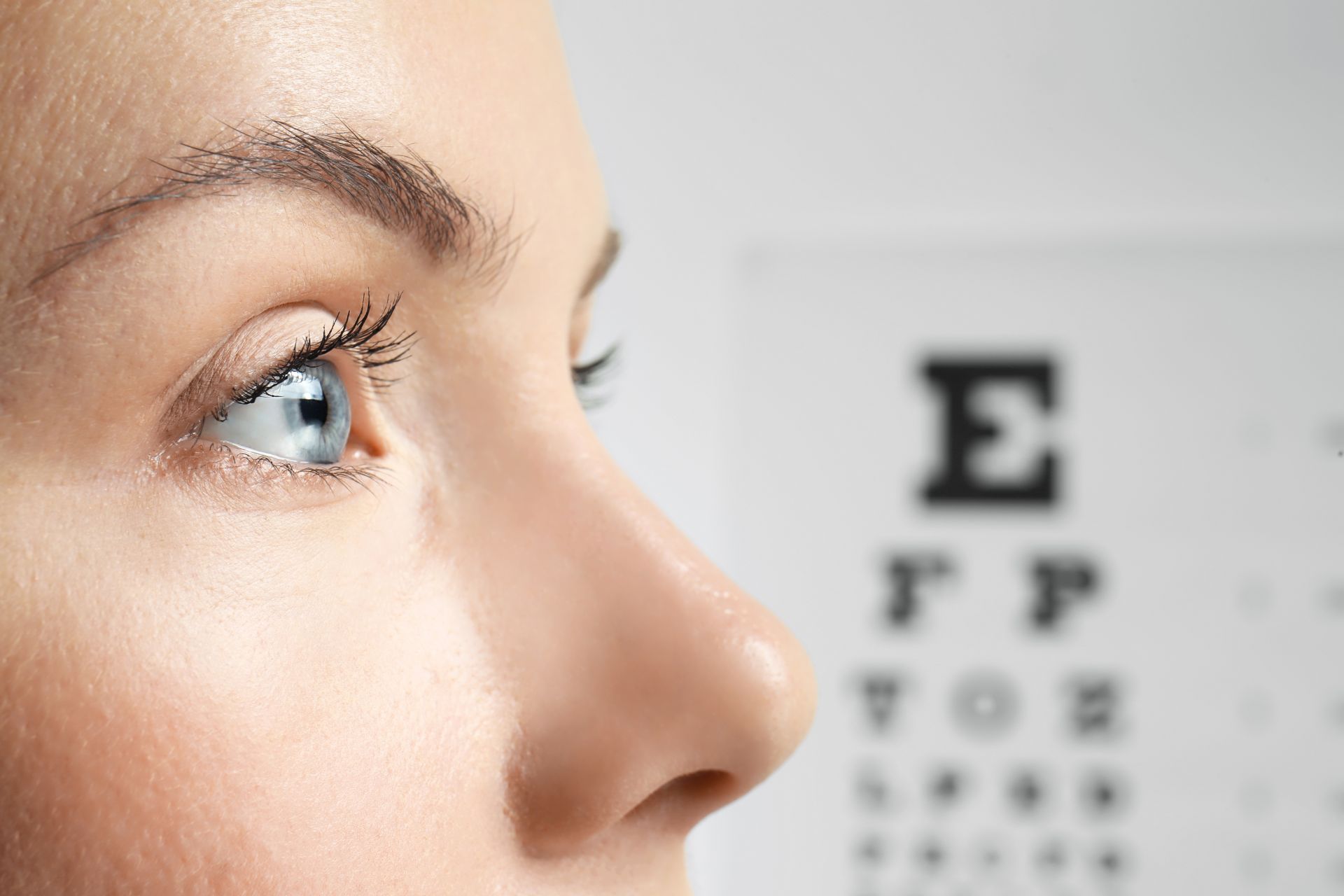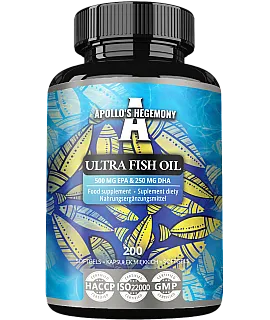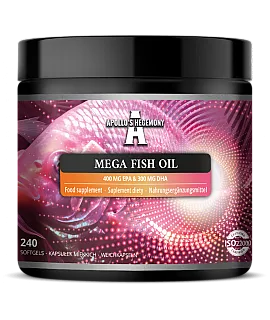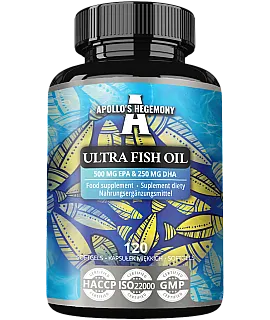Omega 3 acid and eye health - what are the relationships?

We generally rarely associate omega 3 fatty acids with eye health, but the facts are that these fats affect the eyes just as well as the brain. Are you struggling with dry eye syndrome? There are many studies that support the benefits of omega 3 supplementation. Or are you expecting an offspring? Adequate amounts of omega 3 consumed by the mother, are very important for the development of the visual organ in the fetus. So let's check out what specifically omega 3 acids can offer to the eyes and their practical benefits.
- Omega 3 acids and eye health
- Effect of omega 3 fatty acids on dry eye syndrome
- Dosage of omega 3 for good vision
- Summary
Omega 3 acids and eye health
One of the omega 3 acids - docosahexaenoic acid (DHA) - is the most abundant fatty acid in the retina. DHA appears to be essential not only for the function and maintenance of the visual system, but also for the development of vision during the prenatal and early postnatal period.
Omega-3 fatty acids can modulate metabolic processes and mitigate the effects of environmental hazards that activate molecules involved in the pathogenesis of vasoproliferative and neurodegenerative diseases of the retina. These processes and exposures include ischemia, chronic light exposure, oxidative stress, inflammation, cellular signaling mechanisms and aging. DHA is involved in initiating the rhodopsin response to visual stimuli. The biophysical and biochemical properties of DHA can affect photoreceptor membrane function by altering permeability, fluidity, thickness and lipid phase properties.
EPA is also not insignificant, as it influences eicosanoid control and VEGF activation, mainly affecting vascular health and blood supply to the eye.
Omega 3 for eye health has support not only in theory, but also has a good reputation among practitioners. Analyses of optometrists' practices and attitudes were conducted in Australia and New Zealand. Of the 206 surveys, the majority of respondents (79%) indicated that they recommend their patients consume omega-3 fatty acids to improve eye health.
Effect of omega 3 fatty acids on dry eye syndrome
Dry eye syndrome is a disease whose characteristic symptom is drying of the conjunctiva and cornea by insufficient tear film production. This is accompanied by unpleasant symptoms, such as burning of the eye, redness, the sensation of a foreign body in the eye, or impaired vision.
In the context of linking the actions of omega 3 fatty acids to eye health, the most frequently analyzed topic is dry eye syndrome.
The meta-analysis included data from 17 clinical trials conducted on a total of 3363 patients. Only good-quality, randomized, placebo-controlled trials were considered. Compared to placebo, omega 3 fatty acid supplementation significantly relieved dry eye symptoms. The authors suggest that omega 3 fatty acid supplementation is a worthwhile tool for dry eye syndrome.
Dosage of omega 3 for good vision
Docosahexaenoic acid (DHA) contributes to the maintenance of normal vision, and beneficial effects occur when 250 mg per day is consumed.
For supplements with the highest concentration of omega 3 such as Apollo's Hegemony Ultra Fish Oil, to provide 250 mg of DHA, 1 capsule per day is sufficient. Weaker concentrated products need to take a minimum of 2-3 capsules each day.
We know from surveys of optometrists in Australia and New Zealand that the most commonly recommended dose of omega 3 is 2000 mg. Such a dose is considered universal and most beneficial, not only in terms of vision.
Summary
Omega 3 fatty acids are very beneficial for eye health. Most of the data is on DHA acid, but EPA also contributes, mainly affecting the vessels and blood supply to the eye. In particular, there is plenty of evidence for the effectiveness of omega 3 supplementation in dry eye syndrome. The overall conclusion of the researchers is that there is consistent evidence to suggest that long-chain omega-3s (EPA and DHA) may have a protective effect against retinal vascular and nerve pathology associated with ischemia, light, oxygen, inflammation and age.
Sources:
 ⮜ Previous article
⮜ Previous article
Folic acid and the circulatory system - what are the relationships?
 Next article ⮞
Next article ⮞


